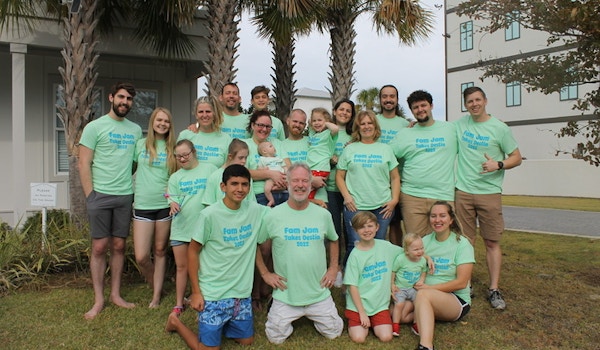If you’re starting a custom T-shirt brand or planning your next printed collection, one of the most important decisions you’ll make is choosing the right fabric weight.
That’s where GSM comes in.
So what is GSM? Why does it matter for your shirts?
And how do you pick the best one for your audience and business?
Let’s break it down.

1. What Is GSM in T-Shirts?
GSM stands for grams per square meter—a measurement of fabric weight.
It tells you how heavy or thick a fabric feels:
- Lower GSM = lighter, thinner fabric
- Higher GSM = heavier, thicker fabric
Think of GSM like paper weight: a 300gsm shirt feels sturdier than a 180gsm shirt—just like card stock feels thicker than copy paper.

2. Why GSM Matters for Your Brand
The GSM you choose affects more than just feel—it also impacts:
- ✅ Perceived quality
- ✅ Printing results
- ✅ How the shirt wears and washes
- ✅ Customer expectations
For example:
- A light 180gsm shirt is great for summer or promo giveaways
- A 300gsm shirt feels premium—ideal for fashion, streetwear, or resale
Choosing the right GSM helps you align your shirts with your brand image and pricing strategy.

3. GSM Options and What They’re Best For
At Guoya Company, we offer 100% cotton T-shirts in three main GSM levels to support all kinds of customers—from startups to fashion brands.
🔹 180 GSM – Lightweight
- Breathable, soft, and ideal for warm climates
- Best for: Promotional T-shirts, events, give-aways, startup merch
- Works well with both Plastisol and water-based ink
💡 Cost-effective for bulk printing with great print clarity.

🔹 220 GSM – Medium Weight
- Balanced comfort and durability
- Best for: Retail, casualwear brands, uniforms, general fashion
- Feels soft but substantial—our best-selling weight
💡 Perfect for brands that want quality without going full heavyweight.

🔹 300 GSM – Heavyweight
- Thick, structured, premium feel
- Best for: Streetwear, premium merch, fashion drops
- Great for oversized cuts or drop-shoulder styles
💡 Holds bold prints well and gives customers that “luxury tee” vibe.

4. How GSM Affects Screen Printing Results
Higher GSM provides a sturdier base for ink layers—especially with:
- Bold, multi-color prints
- Plastisol inks (which sit on top of the fabric)
- Oversized or all-over graphics
Lower GSM shirts are more flexible and breathable, but they may:
- Stretch slightly during printing
- Show ink soak-through with water-based inks
- Feel less “substantial” in the hand
📌 At Guoya, we help match your design and brand vision with the right GSM level.

5. Questions to Ask When Choosing GSM
Not sure which GSM is best for your shirts? Start by asking:
- ❓ What’s my target customer expecting in terms of quality?
- ❓ Is this shirt for resale, promotion, or uniform use?
- ❓ Will my print be bold and graphic or soft and minimal?
- ❓ How do I want the shirt to fit—light and loose, or heavy and structured?
Your answers will point you to the right fabric weight.

6. Why Brands Trust Guoya for Quality T-Shirts
At Guoya Company, we make it easy for you to choose and customize the right base for your brand:
- 👕 100% cotton T-shirts in 180 / 220 / 300 GSM
- 🎨 26 colors, sizes from S to 6XL
- 🖨️ Expert screen printing with Plastisol & water-based options
- 🎁 Free samples and design support
- ⏱️ 3-day proofing, 5-day delivery
- 📦 Bulk orders or low-MOQ available
Whether you’re printing for fashion, business, or events—we have the right weight for your vision.

Summary
GSM isn’t just a number—it defines the feel, durability, and impression your shirt makes.
Choose lightweight for cost-effective giveaways.
Go midweight for everyday retail.
Choose heavyweight for high-end fashion and merch.
And if you need help deciding?
Guoya is here to guide you every step of the way.
📩 Contact us for free samples or GSM advice tailored to your brand.

